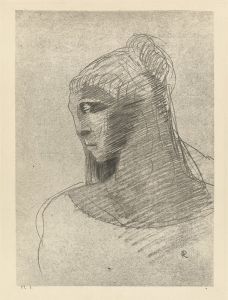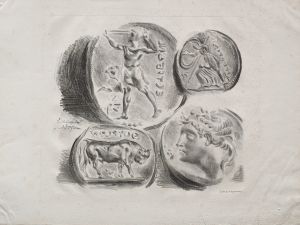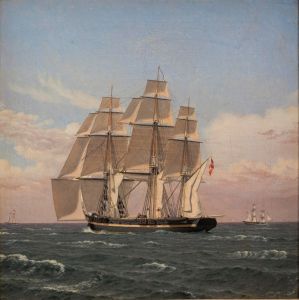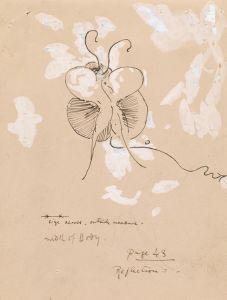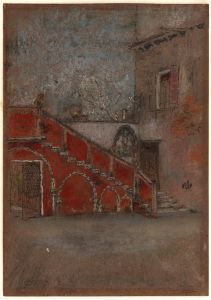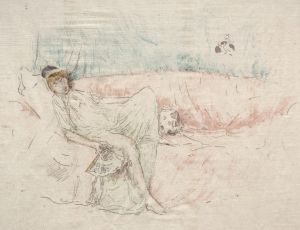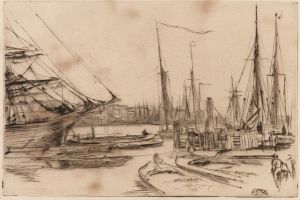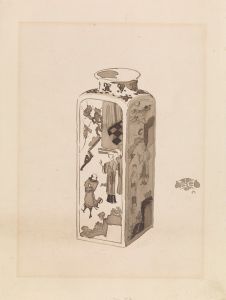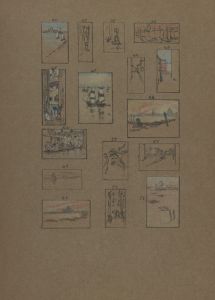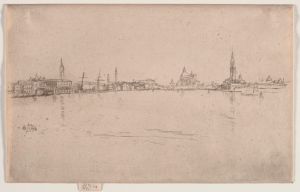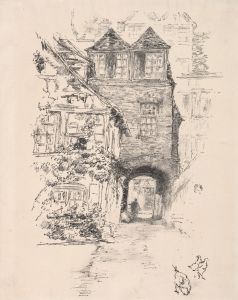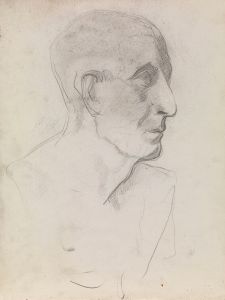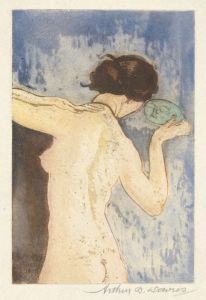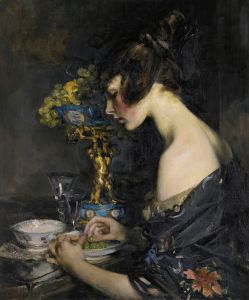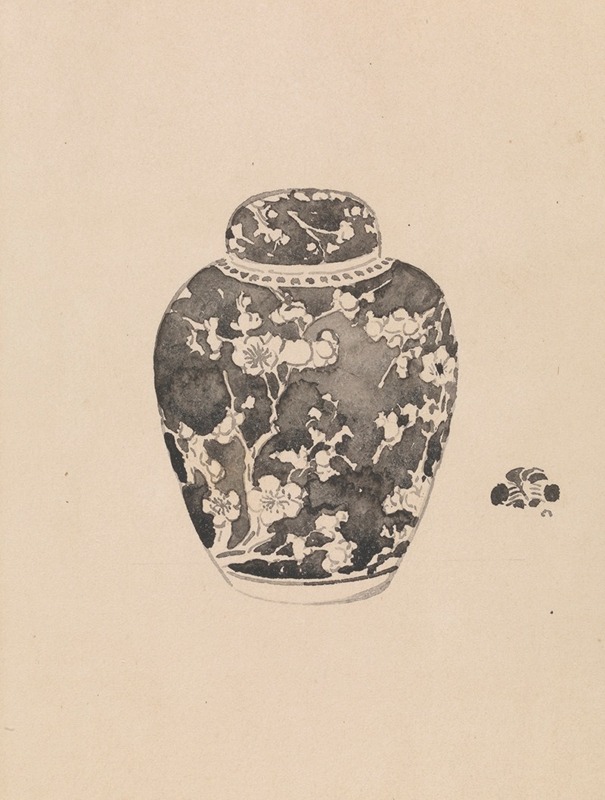
Oviform Ginger Jar with Bell-shaped cover
A hand-painted replica of James Abbott McNeill Whistler’s masterpiece Oviform Ginger Jar with Bell-shaped cover, meticulously crafted by professional artists to capture the true essence of the original. Each piece is created with museum-quality canvas and rare mineral pigments, carefully painted by experienced artists with delicate brushstrokes and rich, layered colors to perfectly recreate the texture of the original artwork. Unlike machine-printed reproductions, this hand-painted version brings the painting to life, infused with the artist’s emotions and skill in every stroke. Whether for personal collection or home decoration, it instantly elevates the artistic atmosphere of any space.
James Abbott McNeill Whistler, an American artist active during the late 19th century, is renowned for his contributions to both painting and printmaking. Among his diverse body of work is the piece titled "Oviform Ginger Jar with Bell-shaped Cover." This artwork exemplifies Whistler's interest in Asian art and ceramics, which was a significant influence on his aesthetic development.
Whistler was born on July 10, 1834, in Lowell, Massachusetts, and spent much of his career in Europe, particularly in London and Paris. He is often associated with the Aesthetic Movement, which emphasized the importance of beauty and art for art's sake, rather than for moral or narrative purposes. His works frequently reflect a delicate balance of form, color, and composition, often drawing inspiration from Japanese art, which was becoming increasingly popular in Europe during his lifetime.
"Oviform Ginger Jar with Bell-shaped Cover" is a testament to Whistler's fascination with Asian ceramics. The term "oviform" refers to the egg-like shape of the jar, which is a common form in Chinese porcelain. The bell-shaped cover complements the jar's elegant curves, creating a harmonious and balanced silhouette. Whistler's depiction of this object demonstrates his keen eye for detail and his ability to capture the subtle beauty of everyday objects.
The painting is characterized by its subdued color palette and refined brushwork, which are hallmarks of Whistler's style. He often employed a limited range of colors to create a sense of harmony and tranquility in his compositions. This approach can be seen in "Oviform Ginger Jar with Bell-shaped Cover," where the muted tones and soft lighting enhance the delicate features of the jar and its cover.
Whistler's interest in Asian art was not limited to ceramics; it also extended to other forms of decorative arts and prints. He was particularly influenced by Japanese woodblock prints, which he collected and studied extensively. This influence is evident in his use of asymmetrical compositions, flat areas of color, and an emphasis on line and form, all of which can be seen in his depiction of the ginger jar.
The painting is part of Whistler's broader exploration of still life and the representation of objects. Unlike traditional still life paintings that often include a variety of items arranged in a complex composition, Whistler's approach is more minimalist and focused. By isolating the ginger jar and its cover, he draws attention to their intrinsic beauty and the craftsmanship involved in their creation.
Whistler's work, including "Oviform Ginger Jar with Bell-shaped Cover," has been widely exhibited and is held in various public and private collections. His contributions to the art world have been recognized for their innovation and influence, particularly in the context of the Aesthetic Movement and the cross-cultural exchange between East and West.
In summary, "Oviform Ginger Jar with Bell-shaped Cover" by James Abbott McNeill Whistler is a notable example of the artist's engagement with Asian art and his ability to elevate everyday objects to the realm of fine art through his refined technique and aesthetic sensibility.





